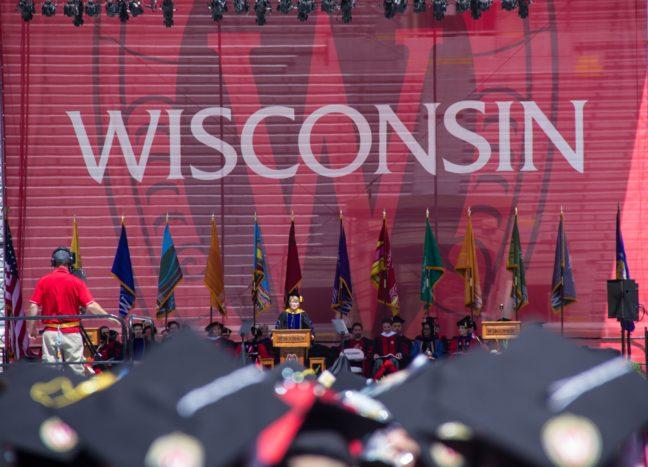Last week, U.S. News and World Report released the 2020 edition of its ranking of U.S. colleges and universities. Tradition repeated itself as every university that moved up in the rankings touted their school’s improvement, usually attributing it to the school’s new initiative du jour, whereas schools which moved down in the rankings noticeably stay silent on the latest edition.
The University of Wisconsin rose slightly in the 2020 rankings, leading UW Communications to craft a giant press release. To the casual observer, it seems like there must be something the school is doing to warrant the change in ranking.
Likely, that is not the case.
Since its inception in 1983, USNWR has constantly changed its formula for the rankings in order for them to be new and fresh each year. Originally based solely on how each university was perceived by “experts” across the nation, better known as high school guidance counselors and people working at the universities themselves, the magazine has recently tried to redefine its image with a focus on graduation rates and social mobility. You know, the reasons we all go to college.
Let’s be clear — College admissions have always favored the wealthy
Because this methodology shifts slightly each year (for example, this year the rankings looked at the ratio of first-generation college students enrolled at each university) the rankings always shake out a little differently, therefore they always make the news.
Those with a keen eye may have noticed UW did not list out its brand new social mobility ranking in its press release. This is because UW is in a tie for 297th-place on social mobility metrics.
Yes, 297th. For reference, UW’s neighbor Edgewood College ranks 14th for this metric. Perhaps the most definitive reason for this sharply declined ranking is UW’s percentage of students who are Pell-Grant-eligible. Just 12% of UW’s student body are Pell-Grant-eligible, the lowest proportion among Midwestern research universities.
While no metric is perfect and there are certainly flaws in how it is calculated by USNWR — no university can force more Pell-Grant-eligible individuals to enroll — the low levels of social mobility shown with UW and its aspirational peer universities are a definite point of concern.
Just across the lake, the University of Michigan, ranked 25th in the overall list, sits just above UW at a tie for 291st place in the social mobility rankings. Princeton University, which has consistently placed number one on the list of schools for the past decade, takes a paltry 186th place in social mobility.
So how do these schools continue to retain their top spots despite failing on this basic educational metric? It’s simple math — these factors only account for 5% of the school’s overall score, the exact same weight that opinions from high school counselors receive in the rankings. The low emphasis on this metric allow the same established schools to stay on top of the rankings as they traditionally have instead of falling drastically behind, like they quite literally are.
Social mobility scores and the ensuing recalculations of these add a bit of spice to the rankings this year, allowing schools to shift spots enough to warrant press releases and continued traction for a USNWR story that is 36-years-old. Perhaps it’s time to write a new headline and stop priding schools for being the same, elitist places they were back then.
Angela Peterson ([email protected]) is a senior studying music and history.














